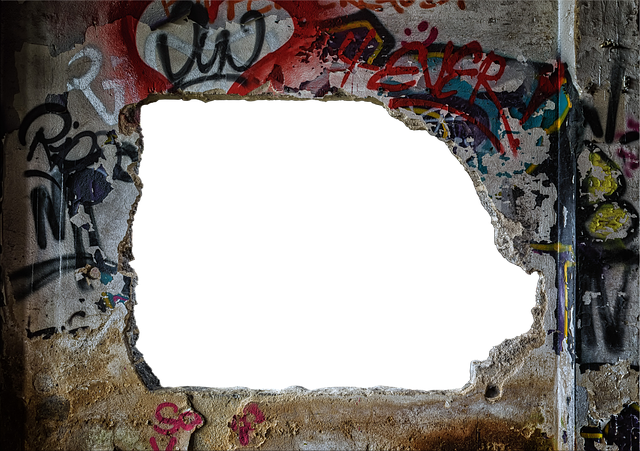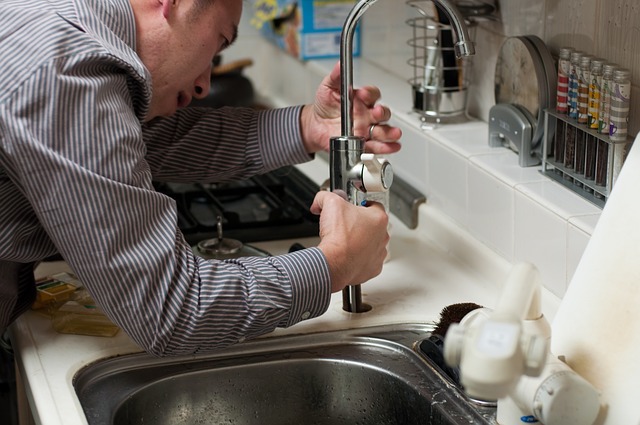What is normal wear and tear?
This is one of the most frequently asked questions that both tenants and landlords have when it comes to rental properties.
Both parties often have their own definition of what normal wear and tear is and it can lead to conflict.
It’s important to clearly define in the lease agreement what normal wear and tear is because they may often be vague resulting in disagreements.
Keep on reading to find out how you can accurately determine the condition of your North Carolina rental property at the end of your tenant's lease or once they are ready to move out.
Normal Wear and Tear Vs Damage
It is normal for a tenant to move out of a property and leave some scuff marks behind. This constitutes as normal wear and tear.
Examples of damage include holes in the kitchen walls or broken windows.

Here are some other examples:
Normal Wear and Tear (Landlord responsibility)
Damages (Tenant responsibility)
Faded or worn out carpeting or flooring
Stained, burned, torn carpet or flooring
Small holes or marks in the walls
Large holes or dents in the wall
Loose hinges
Detached hinges
Scratched windows
Broken windows
Dirty grout or tiles
Broken or missing tiles
Toilet stains
Broken toilet seat
Damage vs Regular Maintenance
Any preparations that a landlord does to get the property rent ready is considered maintenance. It is the landlord’s responsibility to maintain the property and keep it in a habitable state.
If the tenant, for example, has not cleaned the unit during their lease and the landlord is forced to hire professional cleaning services, then it can be deducted from the security deposit. Likewise, if the carpet has been stained and requires a deep cleaning, it can also be taken out of the security deposit.
How does Normal Wear and Tear affect the Security Deposit?
Accurately defining what comprises normal wear and tear is important as it affects the return of the tenant’s security deposit. All states allow landlords to collect a security deposit when they move in and return it to the tenant when they move out. This is under the condition that the property is in good condition (no damage).

The landlord and tenant are not always on the same page when it comes to the amount deducted from the security deposit from damage. It can sometimes lead to conflict.
Useful Life
Useful life is the definite life expectancy of a product. It is important for a landlord to know that they cannot charge the tenant the full replacement cost of the item unless if it was brand new at the time the damage occurred.
An example of this would be if a tenant's pet stained the carpet. If the carpet was unable to be cleaned, then you will need to determine the useful life. If the carpet was 5 years old at the time of damage and the useful life is 15 years, the tenant should only be charged 50% of the carpet replacement cost.
Who is Responsible?
The tenant needs to ensure to take good care of the property and to report any repair or maintenance issues. As soon as there's a maintenance issue, it is the landlord’s responsibility to fix it to prevent further damage. The tenant may file a case for negligence and damages if the landlord waits to have things fixed.

It is advisable for landlords and tenants to work together to keep the property maintained. Each party’s responsibilities should be clearly defined and agreed upon when signing the lease agreement.
By doing so, it will be easier to determine who is responsible for what at the end of the lease agreement.
Pro Tip: Walk-Through Inspections
One way to avoid security deposit issues is by conducting walk-through inspections upon move-ins and move-outs of your Cary, NC properties. The landlord should have a checklist for both instances so that the state of the property can be accurately documented. It’s also advised to take pictures during these inspections.
You should note any current damage or defects in the property. Before moving in, the landlord and the tenant should agree on the condition of the property.
Upon move-outs, another walkthrough inspection will determine the normal wear and tear. The landlord can point out any issues with the current condition of the property and decide with the tenant on the deductions of the security deposit.
The term "normal wear and tear" is highly contested when it comes to landlord-tenant relationships. When a landlord leases their property out to tenants, damages are a risk to the property they have invested in. While worrisome, it pays to set things clear with the tenant from the start of the lease to avoid any issues in the future.
It is important to have a solid and clear cut North Carolina lease agreement where each party is certain of what each other’s responsibilities are.